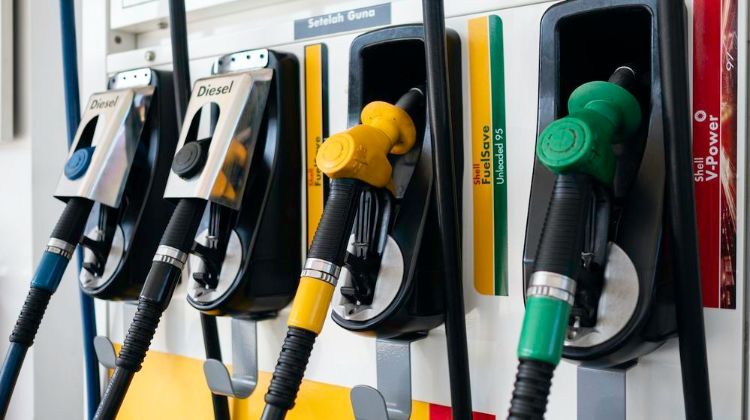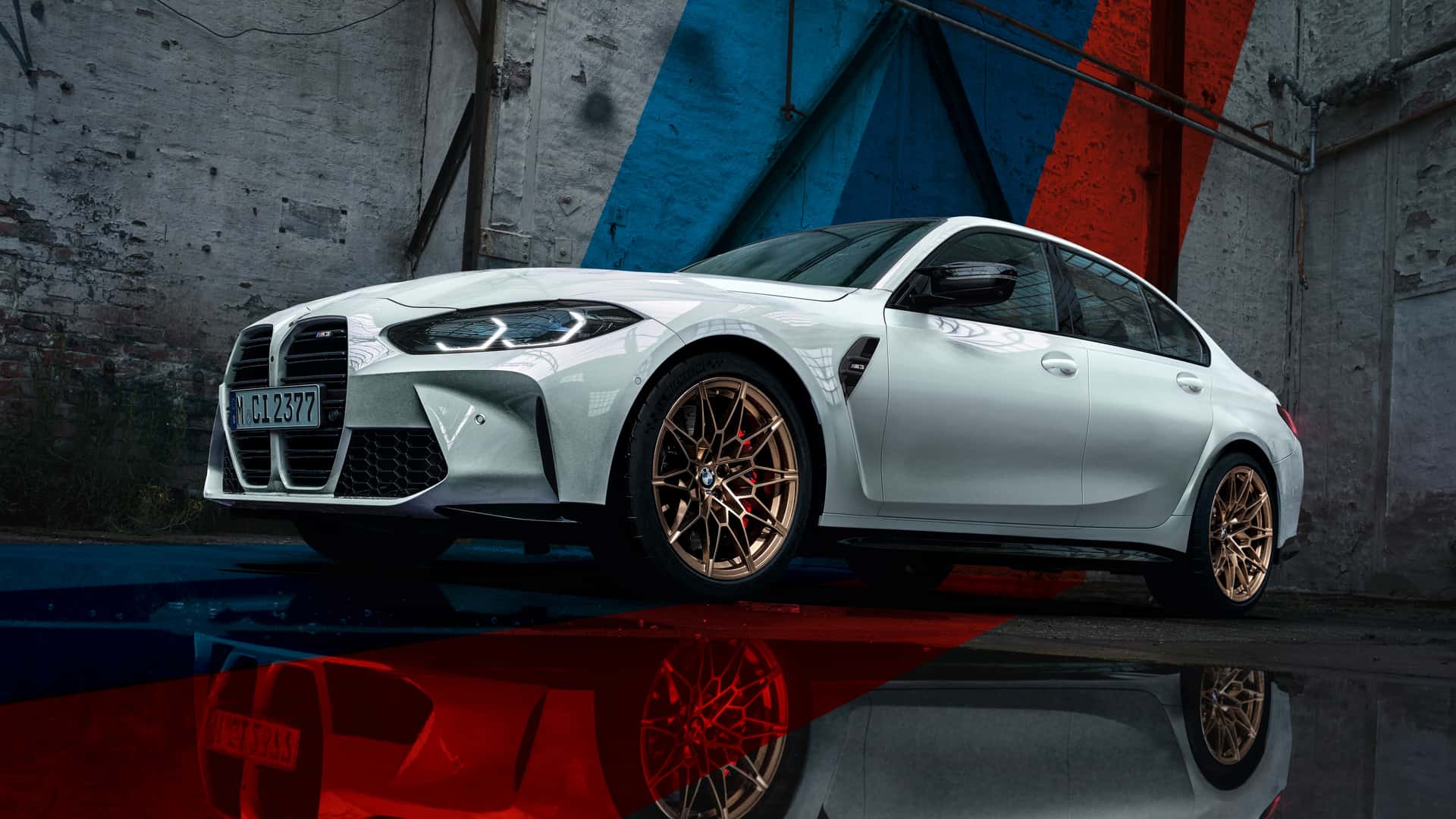Unlike a new car, a used one will come with some form of garbage, whether it be structural damage from a previous accident, reliability issues or material defects. Apart from that, they also don’t offer the iron-clad warranty programme that all new vehicles have, which is why you need to pick one that is in good shape.
Here, were are going to provide you with some tips to help you spot a ‘good buy’ from a ‘lemon’.
Tip 1: Inspect bodywork
Take sometime to examine the bodywork of the vehicle you want to buy. Take a close look at the engine bay, undercarriage and boot space to ensure that there is no rust or visible damage. Rust is the cancer of cars and its presence can spell disaster for a car in the long run.
Tip 2: Check the electronics
Make sure that the headlights, rear lights, power windows, switchgear, infotainment and other electrical dependent equipment are functioning as they should. If all is well, then you are looking at a vehicle that has no electronic issues. If you do spot some problems however, especially when it comes to the power windows, its best you walk away. Unless you are willing to put a side some money for repairs, inheriting someone else’s problems shouldn’t be something you are open to accepting.
Tip 3: Start the engine
Crank over the engine and allow it to run for a good five minutes. Inspect to ensure there is no white or blue smoke spewing out of the exhaust. Visibility of white smoke on a cold start is normal, but if it doesn’t appear to dissipate after about five minutes, then you may have something to worry about – repairs will be costly.
Tip 4: Inspect battery health
There are telltail signs of a battery that is on its way out. If you are handy with a multimeter, checking the voltage will give you a better understanding into the vehicle battery’s health. A healthy battery should have a voltage of 12 to 12.8 V if the engine is off or 11.8V to 12.3V if the vehicle has been left overnight. (Check your manual to be sure)
Tip 5: Inspect the Tyres
Check the tyres to ensure that they have sufficient tread still on them. If there are significant signs of tyre wear, then you should expect to change the tyres sooner rather than later. Also, check the manufacturing date of the tyres. They have a service life and tyres that are more than 4 to 5 years old do not have the structural integrity of newer ones.
These tips may be able to help identify a ‘sick’ car from one that can go toe to toe with a new one. As always, do your research and speak with previous owners to know the ups and downs of owning your chosen vehicle. That way, you will know what you are getting into and avoid purchasing a lemon.
















